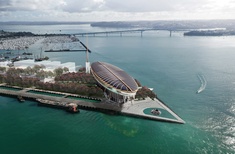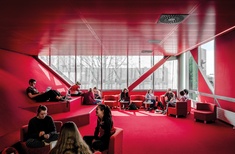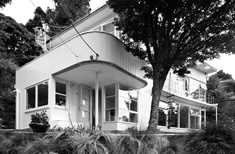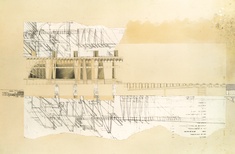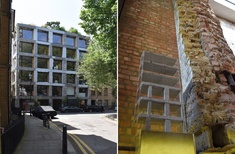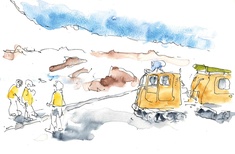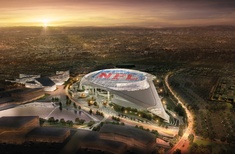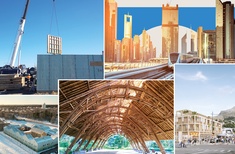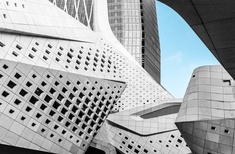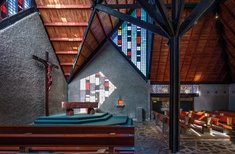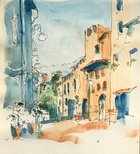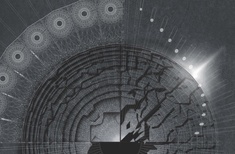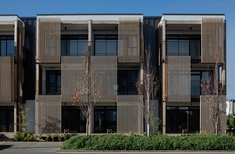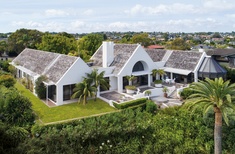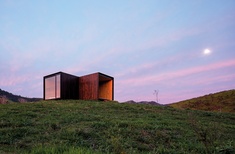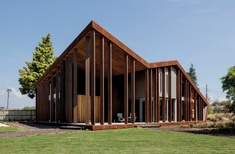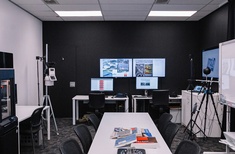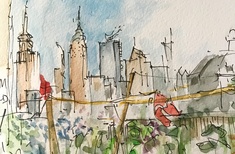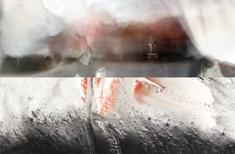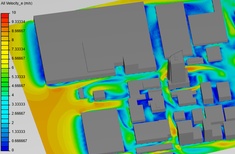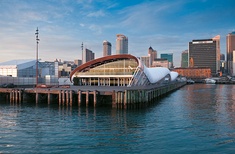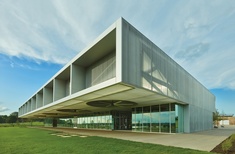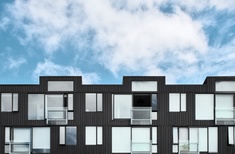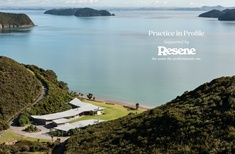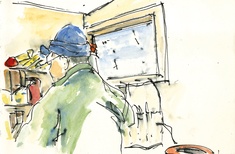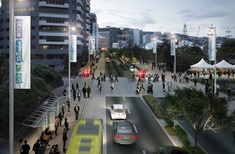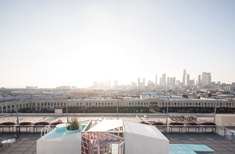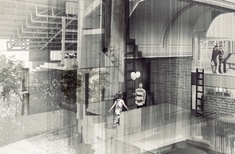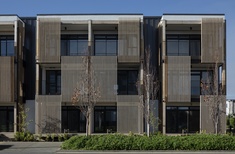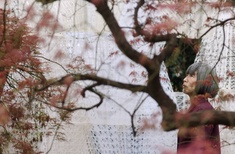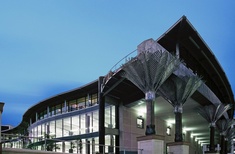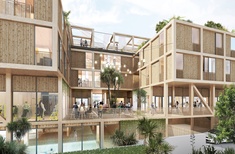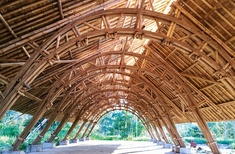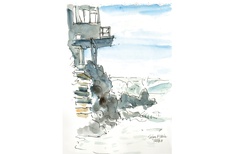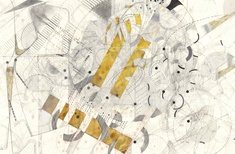Practice
RSSArchitecture New Zealand editor Chris Barton muses on the creation of a ‘Museum of Head-in-the Sand Climate Change Complacency’.
Andrew Irving reports from Penang on these awards, which honoured two New Zealand projects in 2019, and ponders what success means for a heritage project.
Mary Henry reflects on three recent Jasmax tertiary education designs that respond to the evolution of the tertiary education sector.
Gina Hochstein and Bill McKay re-examine the shunned place of post-war European émigré architecture in the International Style in New Zealand’s architectural history.
Lynda Simmons speaks on solving the issue of the need for reduced-hour working weeks as a collective.
Anthony Brand meets Amin Taha, discusses the rise of ‘amnesic architecture’ at an Oxford conference, and finds several practices countering the trend.
Pip Cheshire asks about the decision-making process in creating buildings and craves more than the answers given in public discourse.
Chris Barton discusses a recent declaration by one architecture firm to strive for carbon neutrality and the lack of such aims by Kiwi firms.
Richard Goldie reflects on trends in stadium design gleaned from a recent research tour to Japan and the United States and builds his case for what makes a modern stadium work.
These top articles cover trending themes and pressing issues like prefabrication, aged care, emerging technologies and more.
The third in our series quells fears and breaks down some of the benefits when it comes to artificial intelligence and machine learning.
Bishop Jim White visits Futuna Chapel and finds an architectural shrine that is insensitive to consecrated space and to St Peter Chanel.
Pip Cheshire asserts that architecture has nothing to do with buildings but is all about the space between them.
Lynda Simmons on assessment and the highs and lows of programmes for architectural accolades.
Architecture New Zealand editor, Chris barton, comments on the recent Architects Declare movement and what climate-friendly architecture might look like.
Explore two more alternative methods of construction that may help us on the path to building homes for a brighter future.
PoMo – pastels, neon and odd nods to classical forms – causes some architects to shudder. Others say it’s worth a second look.
We look at what building smarter means for New Zealand and two efficient construction methods as better ways to build in the future.
Richard Naish reflects on what drives his practice in the pursuit of its stand-alone housing designs.
Three researchers from AUT’s newly-established Architectural Engineering Lab seek the link between mental health and the built environment.
Pip Cheshire on reuse, reoccupying, reconfiguring and the power of architects to facilitate such things.
Lynda Simmons on removing barriers and making room for differing ways of practicing in the architecture industry.
Mott MacDonald’s Maria Mingallon explores why data visualisation is a crucial skill for contemporary designers.
Architecture New Zealand editor Chris Barton comments on the need for a plan with longevity for Auckland’s waterfront.
On a recent lecture tour of heartland USA, Jeremy Smith finds the topic of change provides common ground for architectural debate.
Unitec School of Architecture lecturer David Turner shares his design principles for higher-density housing when the occupant-user is not known to the architect.
Pete Bossley reflects on a recurring theme in his design practice.
Kiwi-born, internationally-awarded arborist Mark Roberts reflects on the loss of Auckland’s tree cover.
Pip Cheshire muses over the difficulty in speaking about architectural work and implores us to stop writing “the brief called for…”
Landscape Architecture Aotearoa discusses the government’s plan for Wellington’s public transport and whether it addresses the city’s issues.
Tracey Ingram explores three spaces making the most out of a smaller footprint.
Lynda Simmons discusses how the hours spent ‘working’ and ‘caring’ are divided and how that might affect architecture practices.
Peddle Thorp’s Manuel Diaz comments on the pitfalls of the consenting process surrounding prefabricated building and what could change in the future.
What role do interiors play in our quest for sustainability? Explore three projects that seem to have found some answers.
The Architecture New Zealand editor discusses the closing of the Wellington Central Library and what the future holds for this iconic building.
Co-housing, co-living, cooperative housing. Abigail Hurst examines these hot words that need to be taken seriously.
In the first of a new series, Maria Mingallon introduces computational design and its applications for the architecture and engineering industry.
Kiwi architect Richard Morris reflects on the trials, challenges and rewards of bamboo construction in Myanmar.
Pip Cheshire considers the value of character areas and their role as an exemplar of early occupation and of our history made manifest.
Lynda Simmons considers the separation of land ownership from building ownership and the guardianship model of tangata whenua.

